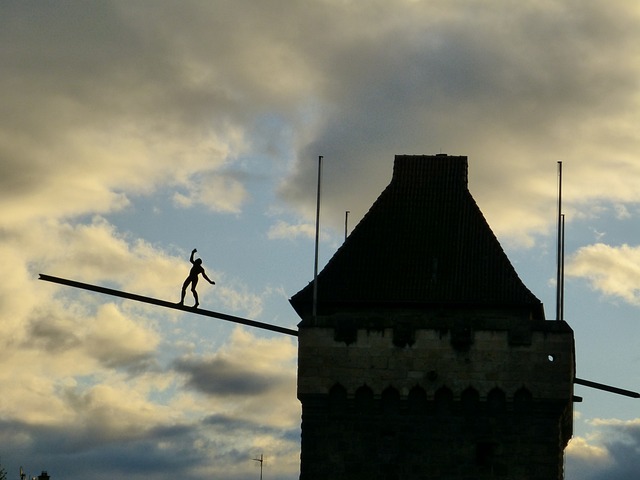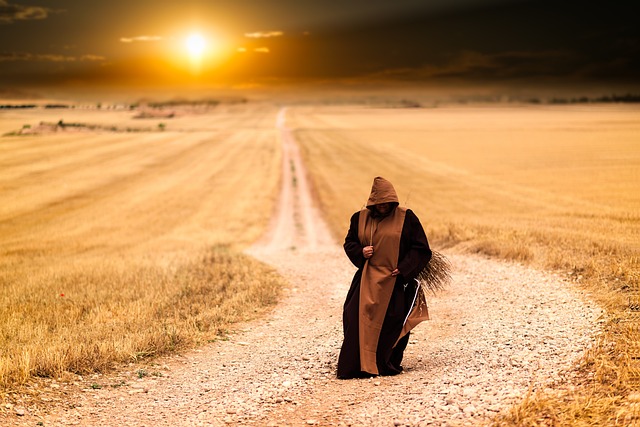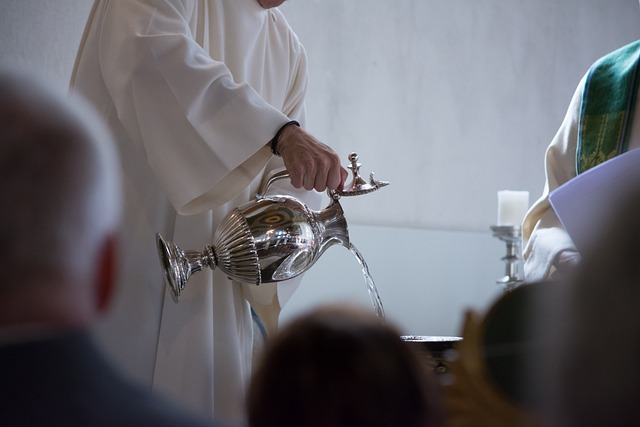Dancing on the Divine Tightrope: The Sacred Rituals of Balance
In the intricate tapestry of human existence, we often find ourselves balancing precariously between conflicting forces. The tightrope dance serves as a profound metaphor for this balancing act, reminding us of the sacred rituals that have been practiced across various religions for centuries. Each movement and breath in this dance is steeped in tradition, spirituality, and the quest for equilibrium.
Many religious practices incorporate elements of balance, whether it’s through physical movement, meditative stillness, or the alignment of one’s intentions with a higher power. In some cultures, tightrope walking is not just a performance; it is a ritual embedded in the spiritual fabric of the community. For instance, in certain indigenous cultures, the tightrope dance is a way to connect with the divine, offering a representation of the journey between the earthly and the celestial.
Imagine standing on a tightrope, the world on either side, embodying the delicate act of maintaining one’s focus and poise. In this dance, the performer not only engages their physical abilities but also taps into a spiritual reservoir, drawing strength and inspiration from their faith and community. Each step taken on the taut rope becomes an act of devotion, a prayer manifested through movement, as they seek to honor the divine and uphold the sacred balance within their lives.
Religious rituals often serve as effective guides, teaching us how to navigate our own tightrope walks. For example, yoga, which has its roots in ancient Hinduism, encourages practitioners to find stability amidst chaos. The discipline teaches us to be mindful of our bodies and thoughts, promoting a harmonious connection between the physical and spiritual realms. Similarly, the Zen practice of walking meditation invites participants to embrace the act of walking as a sacred ritual, turning every step into a moment of presence and balance.
In Christianity, the concept of balance is echoed in the Sermon on the Mount, where Jesus speaks of the virtues of humility, mercy, and peace. These teachings remind us that maintaining balance isn’t merely about the absence of conflict; it’s about actively choosing love and compassion over discord, reflecting that delicate dance on the tightrope of moral choices. The challenge lies in how well we can maintain that balance when faced with life’s inevitable trials.
Furthermore, in Buddhist traditions, the concept of the Middle Way embodies the essence of balancing extremes—whether they be materialism and asceticism or joy and sorrow. This sacred approach teaches followers how to navigate life’s complexities with grace and awareness, preserving inner peace while engaging with the world around them. Each practice serves as a reminder that the path to enlightenment is also a tightrope dance, requiring constant adjustment and mindfulness.
As we engage with the rituals of our respective faiths, we are continuously invited to join in this divine dance. Each movement, however small, contributes to our greater understanding of balance—spiritually, emotionally, and physically. Whether on a literal tightrope or through the metaphorical balancing of life’s demands and divine aspirations, we are all dancers in the sacred ritual of existence, moving forward into the unknown with faith in every step.
In our quest for balance, let us remember that the tightrope dance is not just about personal achievement. It is a communal endeavor, tied to our shared stories and experiences. Embracing these rituals invites us to connect deeper with our spiritual paths, guiding us toward a harmonious existence, where we can all dance together on the divine tightrope of life.



